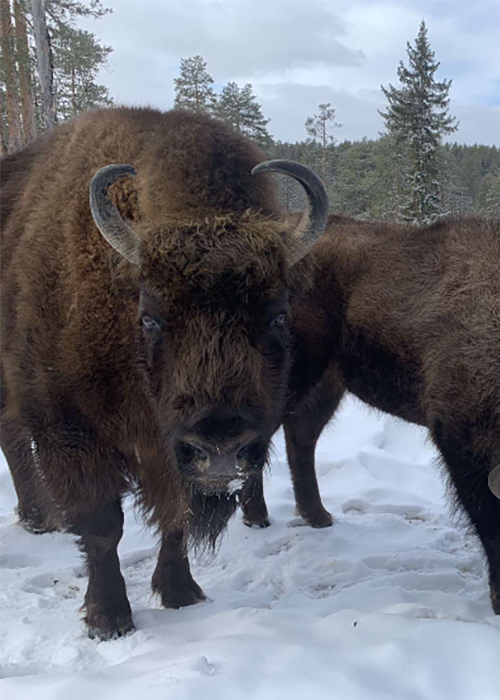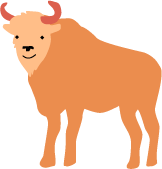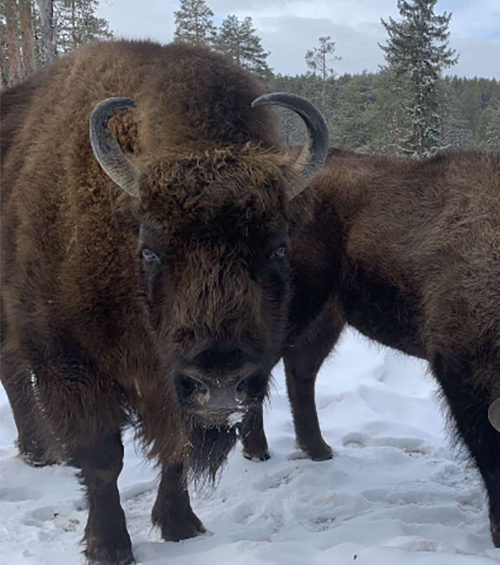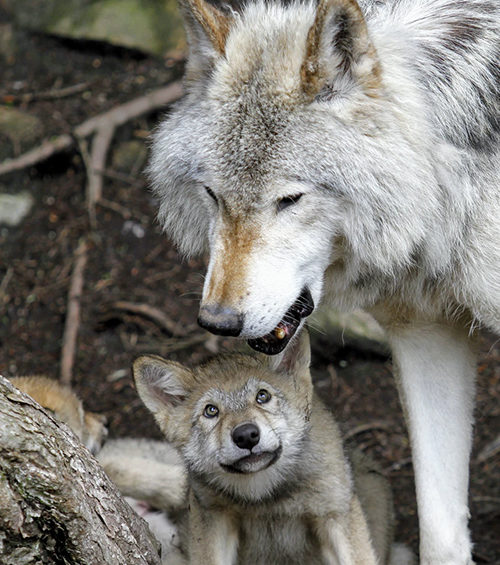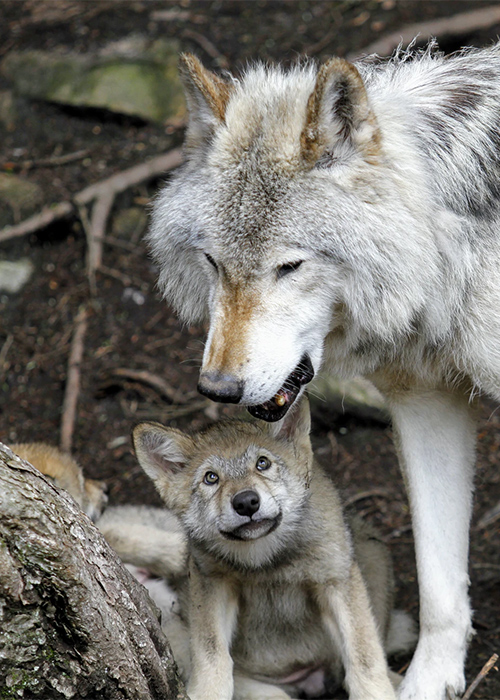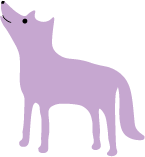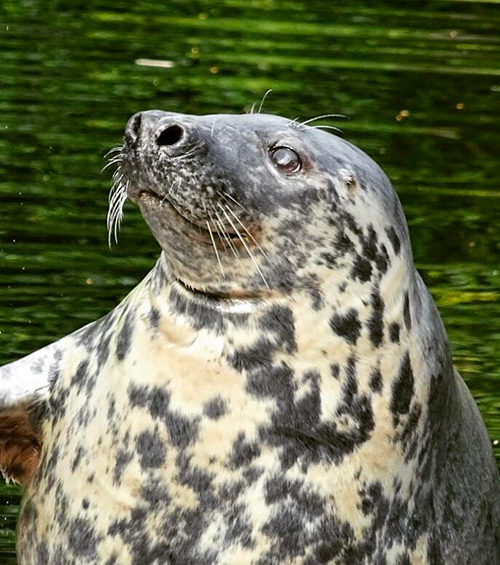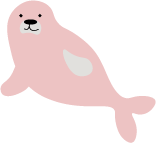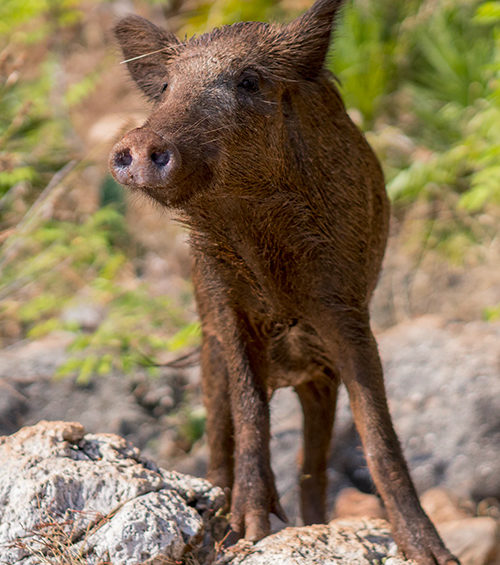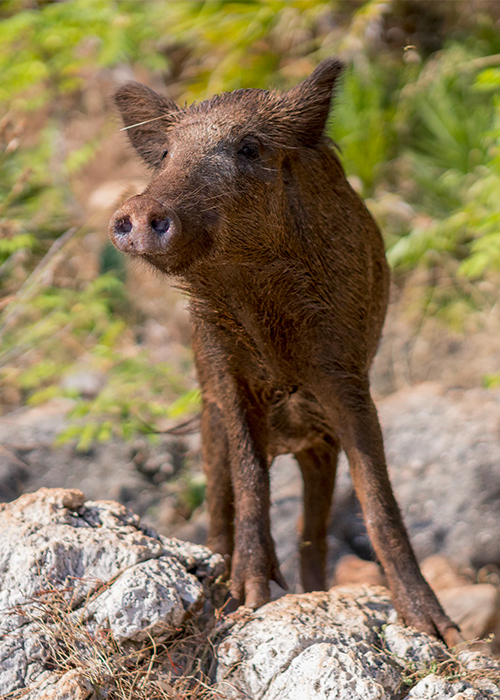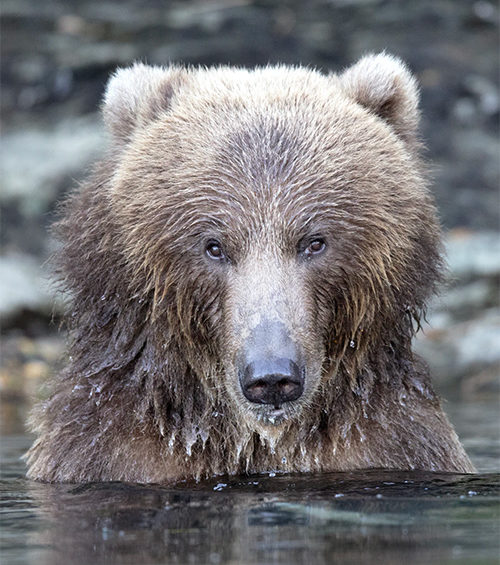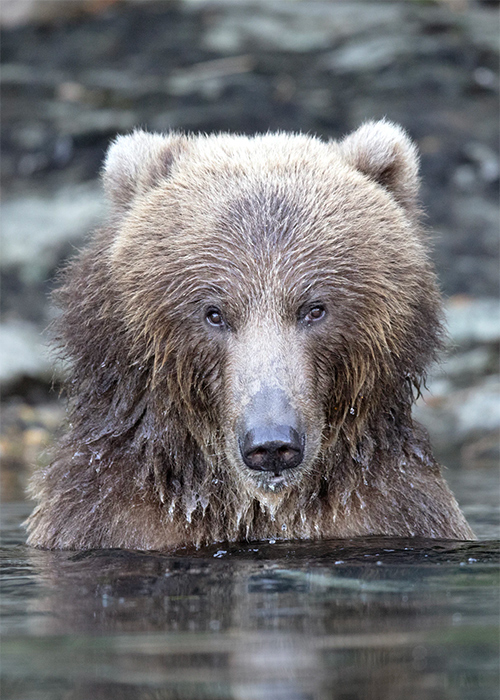European bison
(Bison bonasus) The European Bison, also known as the Wisent, is a true herd animal. They often move calmly and slowly when searching for food. The herd usually contains 10-30 animals and is led by an older cow with a calf. The European Bison no longer lives in the wild in Sweden. It disappeared from southern Sweden almost 1,000 years ago. The European Bison was exterminated in the wild around the time of World War I, but was saved by the 50 or so animals that were in 8 zoos, one of which was in Sweden. Characteristics of bulls include dark brown fur, a powerful shoulder area, hump, shaggy mane, short broad head with short horns, forelock, and chin beard.
| Belongs to: | Order Artiodactyla (even-toed ungulates) |
| Family: | Hollow-horned animals (Bovidae) |
| Weight: | Males (bulls): Between 800 - 900 kg Females (cows): Between 500 - 600 kg |
| Lifespan: | More than 30 years |
| Mating season: | Occurs in August - September |
| Gestation period: | 9 - 10 months |
| Calves: | Born in May-July |
